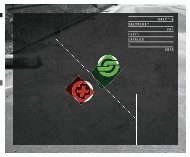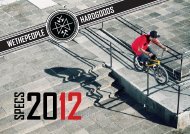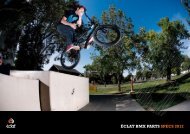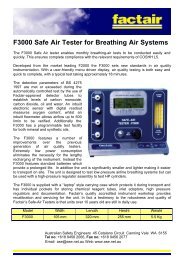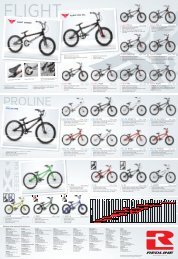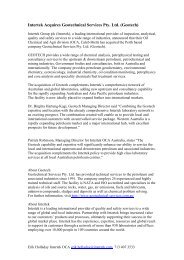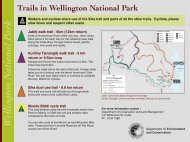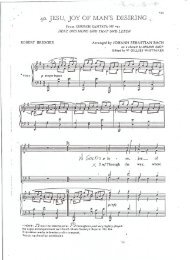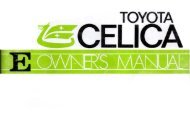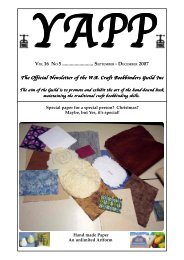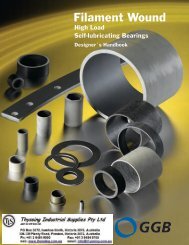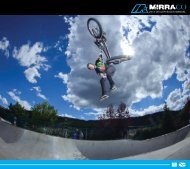Head Lice
Head Lice
Head Lice
Create successful ePaper yourself
Turn your PDF publications into a flip-book with our unique Google optimized e-Paper software.
Sample School Newsletter Notices<br />
Here are some sample head lice information notices to use in school newsletters. For<br />
illustrations, please see the accompanying document Sample School Newsletter Pictures.<br />
DID YOU KNOW…<br />
• <strong>Head</strong> lice can run up to 30 cm per minute (THAT’S 1.8 km per hour)!<br />
• This means that they can rapidly run away and hide when you part your child’s hair to<br />
check for head lice.<br />
• So it’s easy to miss a head lice infestation unless there are quite a few lice or eggs.<br />
BUT — you can outwit these speedy little pests!<br />
To catch them out:<br />
1. Saturate the dry hair in hair conditioner, and comb through with an ordinary comb. Any<br />
head lice the hair lice in the hair will get “stuck” in the conditioner.<br />
2. Now take the hair in small sections and comb thoroughly with a long-tooth, metal ‘nit’<br />
comb. Continue combing the whole head like this.<br />
3. Keep wiping the comb on a white tissue, as you work, looking for head lice and eggs.<br />
A magnifying glass will make this easier.<br />
4. If you find any head lice or eggs, continue combing with the hair conditioner every day,<br />
for 10 days to remove all head lice.<br />
5. Rinse the hair conditioner off when combing is completed.<br />
For more detailed information, get the Department of Health’s free<br />
<strong>Head</strong> <strong>Lice</strong> Fact Sheet from the school office or on the Internet at<br />
www.health.wa.gov.au/headlice.<br />
------------------------------------------------------------------------------------------------------------------------------------------------------------------------------------<br />
NOW AVAILABLE:<br />
the Department of Health’s<br />
HEAD LICE FACT SHEET<br />
GET YOURS FREE FROM THE SCHOOL OFFICE TODAY!<br />
------------------------------------------------------------------------------------------------------------------------------------------------------------------------------------<br />
DID YOU KNOW…<br />
This school has a formal, detailed <strong>Head</strong> <strong>Lice</strong> Management Policy?<br />
The Policy clearly outlines school and parent responsibilities, and describes how the<br />
school community manages this frustrating problem. Contact the school office to obtain<br />
your copy, or look on our school Internet page: [insert internet address]. A copy is also<br />
included in the school’s enrolment package. All parents and staff are asked to be familiar<br />
with this policy and comply with it.<br />
School <strong>Head</strong> <strong>Lice</strong> Information
Department of Health<br />
HEAD LICE FACT SHEET<br />
The Department of Health’s <strong>Head</strong> <strong>Lice</strong> Fact Sheet contains accurate and up-to-date<br />
information about head lice, and how to get rid of them.<br />
It is based on the latest national and international research.<br />
Free copies are available from the School Office or view on the Internet at:<br />
www.health.wa.gov/headlice<br />
------------------------------------------------------------------------------------------------------------------------------------------------------------------------------------<br />
DID YOU KNOW…<br />
• There is no safe “one-off” treatment for head lice and eggs.<br />
• No treatment is guaranteed to kill all head lice eggs (nits).<br />
• Eggs hatch 7-10 days after being laid.<br />
• So it takes 10 days of follow-up treatment to remove all head lice.<br />
HOW?<br />
Read the Department of Health’s <strong>Head</strong> <strong>Lice</strong> Fact Sheet – FREE from the School office or<br />
at view at www.health.wa.gov.au/headlice.<br />
------------------------------------------------------------------------------------------------------------------------------------------------------------------------------------<br />
Some interesting facts about head lice…<br />
• The scientific name for head lice is pediculis capitis. They only live on human scalps,<br />
and have probably been around for as long as humans have. <strong>Head</strong> lice have even<br />
been found on ancient Egyptian mummies! They are not the same as body lice (crabs)<br />
or scabies mites.<br />
• <strong>Head</strong> lice don’t live on other animals - you can’t get them from pets.<br />
• <strong>Head</strong> lice don’t normally live on any other part of the body. Their curved legs have<br />
specially developed to grasp human head hair, and their eggs are firmly glued on to<br />
hair too. They are parasites and need to feed on human blood several times each day.<br />
• The word lousy comes from describing a person who has lice. <strong>Head</strong> lice eggs are also<br />
know as nits.<br />
• For more information about head lice, how to spot them and get rid of them, grab a<br />
copy of the Department of Health’s <strong>Head</strong> <strong>Lice</strong> Fact Sheet – FREE from the School<br />
office or view at www.health.wa.gov.au/headlice.<br />
School <strong>Head</strong> <strong>Lice</strong> Information
SAMPLE SCHOOL NEWSLETTER NOTICE TO RECRUIT HEAD LICE RESOURCE PARENTS<br />
INTERESTED IN BECOMING A HEAD LICE RESOURCE PARENT?<br />
The P&C/P&F is looking for one or two parents who would like to volunteer to be <strong>Head</strong><br />
<strong>Lice</strong> Resource Parents. These are parents who have successfully dealt with the<br />
frustrations of head lice treatment and are willing to be available, via the school office, to<br />
provide problem-solving support for other parents who have already followed the<br />
Department of Health Fact Sheet advice, but are still having persistent difficulty removing a<br />
head lice infestation.<br />
Resource Parents do not undertake treatment, as that remains the responsibility of the<br />
child’s parent. While the Resource Parent may demonstrate the treatment method on<br />
request as part of a support visit, problem-solving advice can often be given over the<br />
phone and a home visit is not needed.<br />
The Resource Parent’s role is part of the school community’s collaborative approach to<br />
supporting parents to better manage head lice themselves at home. Other staff members,<br />
such as the Community (School) Nurse and [insert name], are also available to parents for<br />
information and advice. The collaborative approach involves teachers, the Community<br />
(School) Nurse, parents and students all playing a cooperative role in managing this minor,<br />
but often frustrating and sometimes stressful condition.<br />
Education and support for Resource Parents can be provided by the Communicable<br />
Disease Control Branch (CDCB) of the Department of Health and/or the Community<br />
(School ) Nurse. CDCB offers head lice management update sessions three times per<br />
year in March, July and November, and their staff are available to parents for head lice<br />
information as well as advice on solving tricky head lice problems.<br />
To find out more, contact [insert name] via the school office. Further Department of Health<br />
information about the role of the <strong>Head</strong> <strong>Lice</strong> Resource Parent is also available on<br />
www.health.wa.gov.au/headlice.<br />
School <strong>Head</strong> <strong>Lice</strong> Information



